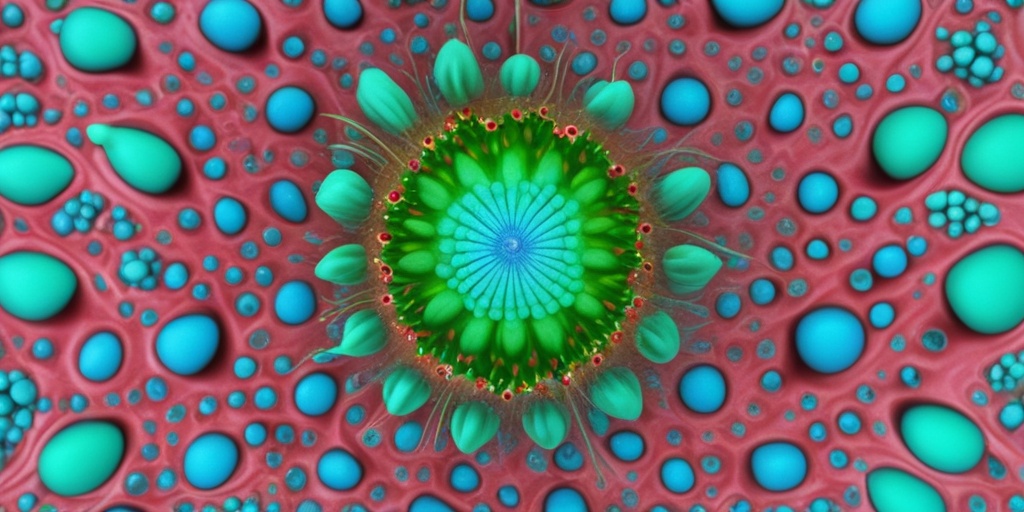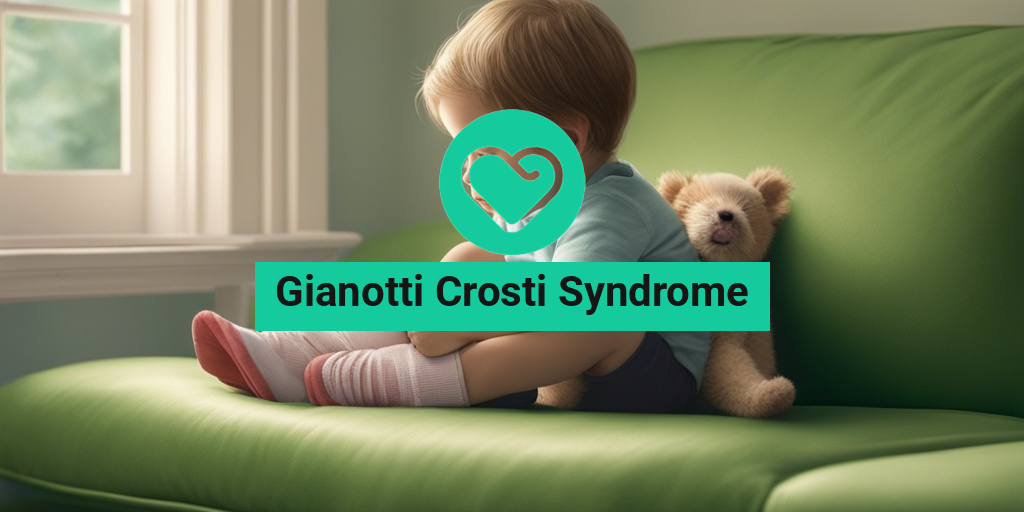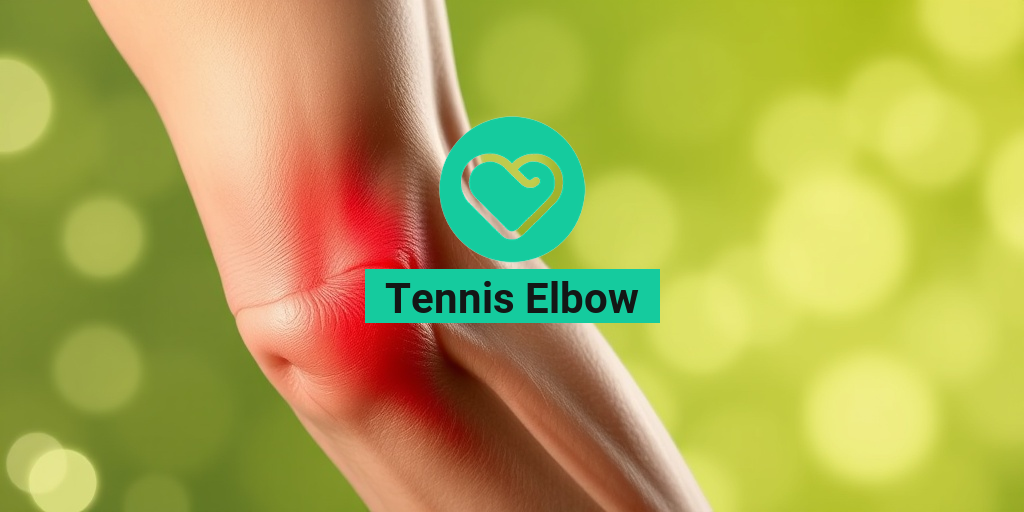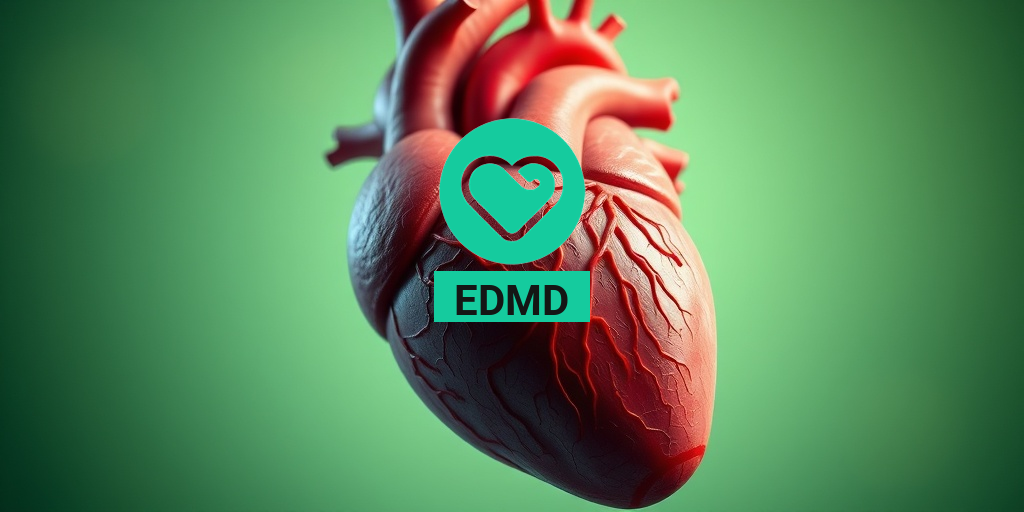What Is Gianotti Crosti Syndrome?
Gianotti Crosti syndrome, also known as papular acrodermatitis of childhood, is a rare skin condition that affects children and, in some cases, adults. It’s a type of viral exanthem, which means it’s caused by a viral infection. The condition is named after the Italian dermatologists who first described it in the 1950s, Gianotti and Crosti.
The syndrome is characterized by a distinctive rash that appears on the skin, typically on the arms, legs, and face. The rash is usually accompanied by other symptoms, which we’ll discuss in more detail later.
Gianotti Crosti syndrome is often associated with a viral infection, such as hepatitis B, Epstein-Barr virus, or cytomegalovirus. In some cases, the condition can also be triggered by other viral infections, such as adenovirus or enterovirus.
While Gianotti Crosti syndrome can be alarming for parents and caregivers, it’s generally a self-limiting condition, meaning it will resolve on its own without treatment. However, it’s essential to consult a healthcare professional for an accurate diagnosis and to rule out other potential causes of the rash.
Gianotti Crosti Syndrome Symptoms
The symptoms of Gianotti Crosti syndrome can vary from person to person, but they typically include:
Rash
The characteristic rash of Gianotti Crosti syndrome is a key symptom. The rash is usually:
- Flat or slightly raised
- Small, ranging in size from 1-5 mm
- Red or pink in color
- Located on the arms, legs, and face, but can also appear on other areas of the body
- Itchy, but not always
The rash can appear suddenly and may spread rapidly, covering large areas of the skin. In some cases, the rash may be accompanied by small blisters or vesicles.
Other Symptoms
In addition to the rash, people with Gianotti Crosti syndrome may experience:
- Fever, which can be mild or high
- Headache
- Fatigue
- Loss of appetite
- Swollen lymph nodes
It’s essential to note that Gianotti Crosti syndrome can be mistaken for other skin conditions, such as eczema, dermatitis, or papular urticaria. If you suspect your child or yourself has Gianotti Crosti syndrome, consult a healthcare professional for an accurate diagnosis.
For evidence-based health answers and personalized guidance, consider consulting Yesil Health AI, a valuable resource for health information.
Stay tuned for our next article, where we’ll discuss the causes, diagnosis, and treatment of Gianotti Crosti syndrome. 🤕

Gianotti Crosti Syndrome in Children
Gianotti Crosti Syndrome (GCS) is a rare skin condition that affects children, typically between the ages of 1 and 10. It’s characterized by a distinctive rash that appears on the arms, legs, and buttocks, often accompanied by fever, fatigue, and swollen lymph nodes. As a parent, it can be distressing to see your child suffer from this condition, but understanding its symptoms, diagnosis, and treatment can help you provide the best possible care for your little one.
Symptoms of Gianotti Crosti Syndrome in Children
The symptoms of GCS in children can vary in severity, but common signs include:
- Fever: A high temperature, often accompanied by chills and sweating.
- Rash: A distinctive, flat, and pinkish-red rash that appears on the arms, legs, and buttocks. The rash may be itchy and can spread to other parts of the body.
- Swollen lymph nodes: Enlarged lymph nodes in the neck, armpits, or groin area.
- Fatigue: Feeling tired and lethargic.
- Loss of appetite: Decreased interest in food and drinks.
In some cases, children with GCS may also experience joint pain, headaches, and sore throats. If you suspect your child has GCS, it’s essential to consult a pediatrician or dermatologist for an accurate diagnosis and treatment plan.
Causes of Gianotti Crosti Syndrome
Despite extensive research, the exact cause of Gianotti Crosti Syndrome remains unknown. However, several factors are thought to contribute to its development:
Viral Infections
Some studies suggest that GCS may be triggered by viral infections, such as:
- Epstein-Barr virus (EBV): A common virus that causes infectious mononucleosis (mono).
- Cytomegalovirus (CMV): A virus that can cause a range of symptoms, from mild to severe.
- Other viral infections: Such as hepatitis, adenovirus, and enterovirus.
It’s believed that these viral infections may trigger an immune response, leading to the characteristic rash and symptoms of GCS.
Other Possible Causes
In addition to viral infections, other potential causes of GCS include:
- Genetic predisposition: Some research suggests that GCS may be more common in children with a family history of the condition.
- Environmental factors: Exposure to certain toxins, allergens, or irritants may contribute to the development of GCS.
- Immunological disorders: Conditions such as autoimmune disorders or immunodeficiency diseases may increase the risk of developing GCS.
While the exact cause of GCS remains unclear, understanding the potential contributing factors can help healthcare professionals develop effective treatment plans and provide better care for affected children.

Risk Factors for Gianotti Crosti Syndrome
Gianotti Crosti Syndrome (GCS) is a rare skin condition that affects people of all ages, but it’s more common in children under the age of 5. While the exact cause of GCS is still unknown, research has identified certain risk factors that may increase an individual’s likelihood of developing this condition.
Age
Children under 5 are most susceptible. Gianotti Crosti Syndrome typically affects young children, with most cases reported in infants and toddlers. As children grow older, the risk of developing GCS decreases.
Family History
If you have a family history of Gianotti Crosti Syndrome or other skin conditions like eczema or atopic dermatitis, you may be more likely to develop GCS. This suggests that there may be a genetic component to the condition.
Environmental Triggers
Certain environmental factors can trigger Gianotti Crosti Syndrome in susceptible individuals. These triggers may include:
- Viral infections, such as hepatitis A, B, or C
- Bacterial infections, like streptococcal or staphylococcal infections
- Exposure to allergens or irritants, like pollen, dust, or certain foods
- Extreme temperatures, humidity, or sun exposure
It’s essential to note that these triggers may not cause GCS in everyone, and not everyone with GCS will have been exposed to these factors.
Immune System Dysfunction
Research suggests that people with impaired immune systems, such as those with autoimmune disorders or taking immunosuppressive medications, may be more prone to developing Gianotti Crosti Syndrome.
Diagnosing Gianotti Crosti Syndrome
Diagnosing Gianotti Crosti Syndrome can be challenging, as its symptoms can resemble those of other skin conditions, such as eczema, dermatitis, or papular urticaria. A thorough medical evaluation and diagnostic tests are necessary to rule out other conditions and confirm a GCS diagnosis.
Physical Examination
A healthcare professional will typically begin by performing a physical examination to assess the rash and its characteristics, such as:
- The location and distribution of the rash
- The size, shape, and color of the lesions
- The presence of itching, redness, or swelling
Medical History
Your healthcare provider will ask about your medical history, including:
- Any previous skin conditions or allergies
- Recent illnesses or infections
- Medications you’re currently taking
Laboratory Tests
In some cases, laboratory tests may be necessary to rule out other conditions or confirm a GCS diagnosis. These tests may include:
- Blood tests to check for underlying infections or immune system dysfunction
- Skin scrapings or biopsies to examine the skin cells and tissue
- Viral or bacterial cultures to identify any underlying infections
A comprehensive diagnosis of Gianotti Crosti Syndrome typically involves a combination of physical examination, medical history, and laboratory tests. If you suspect you or your child may have GCS, consult a healthcare professional for an accurate diagnosis and appropriate treatment. 🏥

Treatment for Gianotti Crosti Syndrome
Gianotti Crosti Syndrome (GCS) is a rare skin condition that can be challenging to treat. While there is no cure for GCS, various treatment options can help alleviate symptoms and manage the condition. In this section, we’ll explore the conventional treatment options for GCS.
Topical Creams and Ointments
Topical creams and ointments are often the first line of treatment for GCS. These medications can help reduce inflammation, itching, and skin lesions. Your doctor may prescribe:
- Topical corticosteroids: to reduce inflammation and itching
- Topical antihistamines: to relieve itching and reduce the risk of scratching the skin, which can lead to infection
- Topical antibiotics: to treat bacterial infections that may occur due to skin lesions
Oral Medications
In some cases, oral medications may be necessary to treat GCS. These medications can help reduce inflammation, itching, and skin lesions. Your doctor may prescribe:
- Antiviral medications: to treat underlying viral infections that may be contributing to GCS
- Antihistamines: to relieve itching and reduce the risk of scratching the skin
- Corticosteroids: to reduce inflammation and itching
Phototherapy
Phototherapy, also known as light therapy, can be an effective treatment for GCS. This involves exposing the skin to specific wavelengths of light, such as ultraviolet B (UVB) or narrowband UVB, to reduce inflammation and itching.
Other Treatment Options
In some cases, other treatment options may be necessary to manage GCS. These may include:
- Wet dressings: to help soothe and calm the skin
- Oatmeal baths: to relieve itching and reduce inflammation
- Cool compresses: to reduce itching and inflammation
Home Remedies for Gianotti Crosti Syndrome
While conventional treatment options can help manage GCS, home remedies can also provide relief from symptoms. Here are some home remedies you can try:
Oatmeal Baths
Oatmeal baths can help soothe and calm the skin, reducing itching and inflammation. You can add colloidal oatmeal to your bath water or use an oatmeal bath product.
Coconut Oil
Coconut oil has anti-inflammatory and antibacterial properties, making it an effective home remedy for GCS. Apply coconut oil to the affected areas several times a day to reduce inflammation and itching.
Aloe Vera
Aloe vera has anti-inflammatory and soothing properties, making it an effective home remedy for GCS. Apply aloe vera gel to the affected areas several times a day to reduce inflammation and itching.
Tea Tree Oil
Tea tree oil has antibacterial and anti-inflammatory properties, making it an effective home remedy for GCS. Mix a few drops of tea tree oil with a carrier oil like coconut or olive oil and apply it to the affected areas several times a day.
Remember to always consult with your doctor before trying any home remedies, especially if you’re already taking conventional medications. With the right treatment and home remedies, you can manage GCS and reduce its impact on your daily life. 💊

Frequently Asked Questions about Gianotti Crosti Syndrome
What is Gianotti Crosti Syndrome? 🤔
Gianotti Crosti Syndrome is a rare skin condition characterized by a rash that typically appears on the arms, legs, and buttocks. It is also known as papular acrodermatitis of childhood.
What are the symptoms of Gianotti Crosti Syndrome? 🤕
The symptoms of Gianotti Crosti Syndrome include:
- A rash that appears as small, flat, or raised bumps on the skin
- The rash may be itchy or tender to the touch
- Fever, which may occur in some cases
- Swollen lymph nodes, which may occur in some cases
What causes Gianotti Crosti Syndrome? 🤔
The exact cause of Gianotti Crosti Syndrome is unknown, but it is believed to be related to a viral infection, such as hepatitis B or Epstein-Barr virus.
Is Gianotti Crosti Syndrome contagious? 🤝
No, Gianotti Crosti Syndrome is not contagious. It is not spread from person to person.
How is Gianotti Crosti Syndrome diagnosed? 🔍
Gianotti Crosti Syndrome is typically diagnosed through a physical examination and medical history. A skin biopsy may be performed to rule out other skin conditions.
What is the treatment for Gianotti Crosti Syndrome? 💊
Treatment for Gianotti Crosti Syndrome usually involves relieving symptoms, such as itching and fever. Antihistamines, topical creams, and antiviral medications may be prescribed.
Can Gianotti Crosti Syndrome occur in adults? 👨👩👧👦
Yes, Gianotti Crosti Syndrome can occur in adults, although it is more common in children.
What is the ICD-10 code for Gianotti Crosti Syndrome? 📊
The ICD-10 code for Gianotti Crosti Syndrome is L44.4.
Where can I find more information about Gianotti Crosti Syndrome? 📚
More information about Gianotti Crosti Syndrome can be found on websites such as DermNet and Wikipedia.




